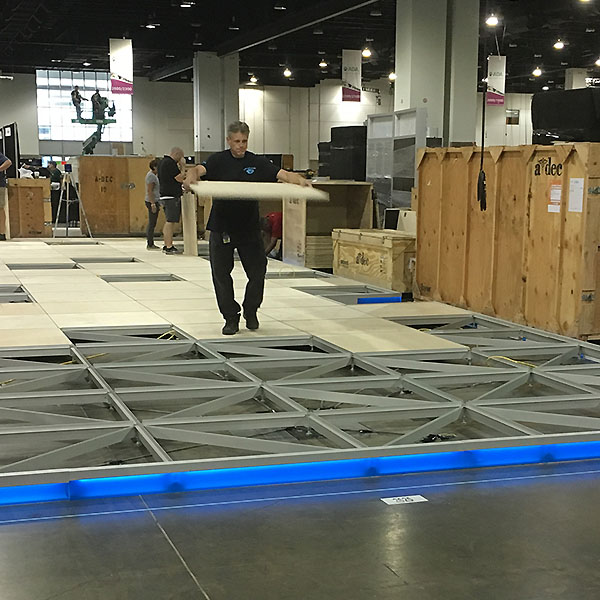Electrostatic discharge (or ESD) refers to the transferor charge of static charges between objects or bodies at different electrical potentials. ESD can be caused either by direct contact or the induction of an electric field. ESD-controlled environments are those where the potential for transmission has been reduced. One of the similar kinds of flooring is used is known as conductive pvc www.bspfloors.com/818738/1-คุณสมบัติแผ่นกระเบื้อง-conductive-pvc for controlling the electric charge from the surface.

ESD or Zap is when two sources have different numbers of electrons. The charge flows between two bodies at different electrostatic potencies as they approach each other. For example, your hand touching the doorknob after you’ve walked across the carpet.
ESD protection is an important issue in manufacturing plants because Zap can be a problem with small electronic devices. Even a small, imperceptible, electrostatic discharge could cause damage to embedded electronics and render them unusable.
Uncontrolled ESD can lead to a variety of unacceptable outcomes in an assembly facility or manufacturing plant.
1. Catastrophic Failure. The affected components suffer irreversible and immediate damage and are not eligible for quality control. They must be discarded.
2. Latent failure. However, the component may be damaged but it is not apparent until shipping. The device then fails to function during use.
To avoid damaging sensitive modules, it is important to limit the electrostatic charge in an area that is used for manufacturing electrical components. The type of flooring chosen is crucial as static can be caused by people moving around in the room.